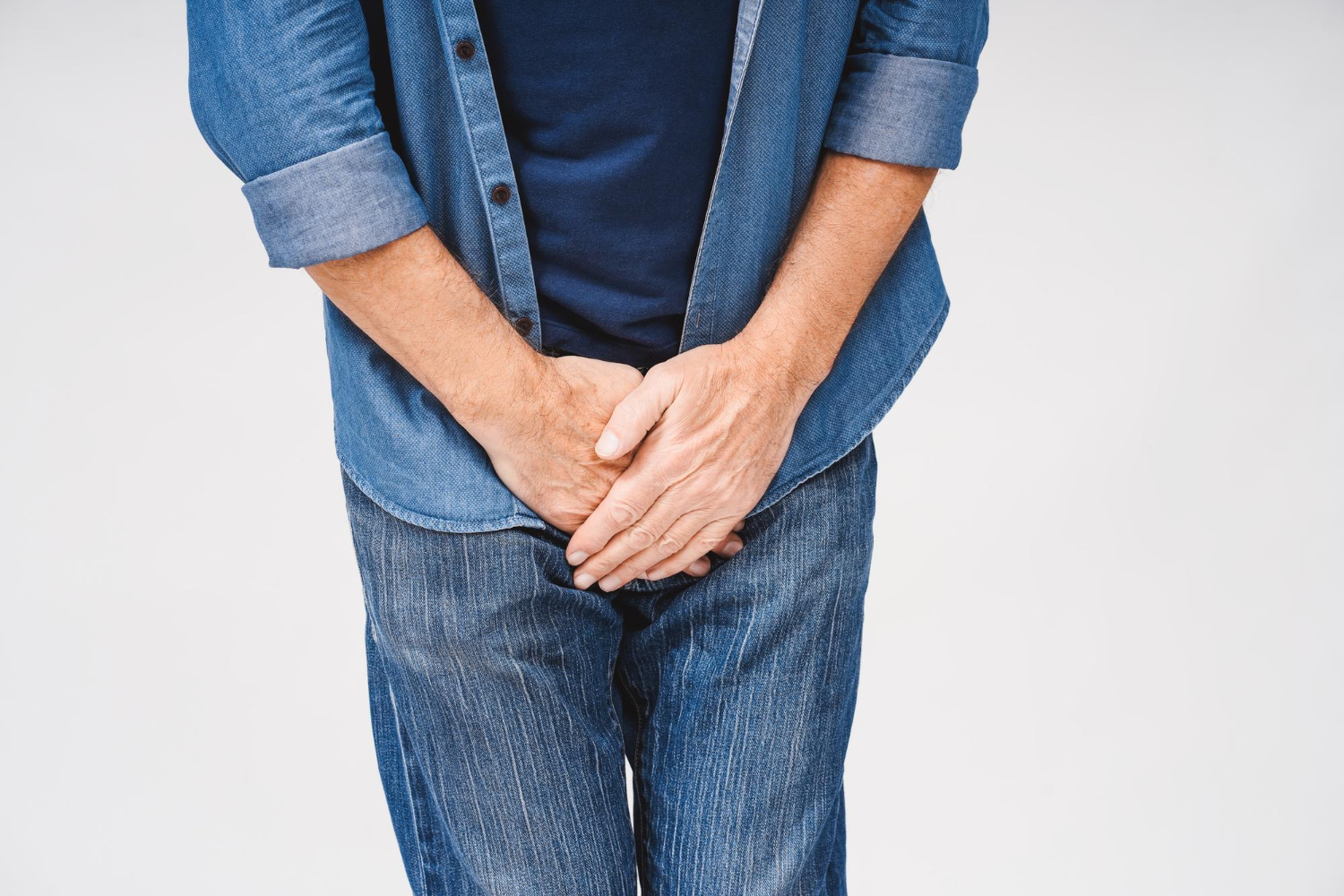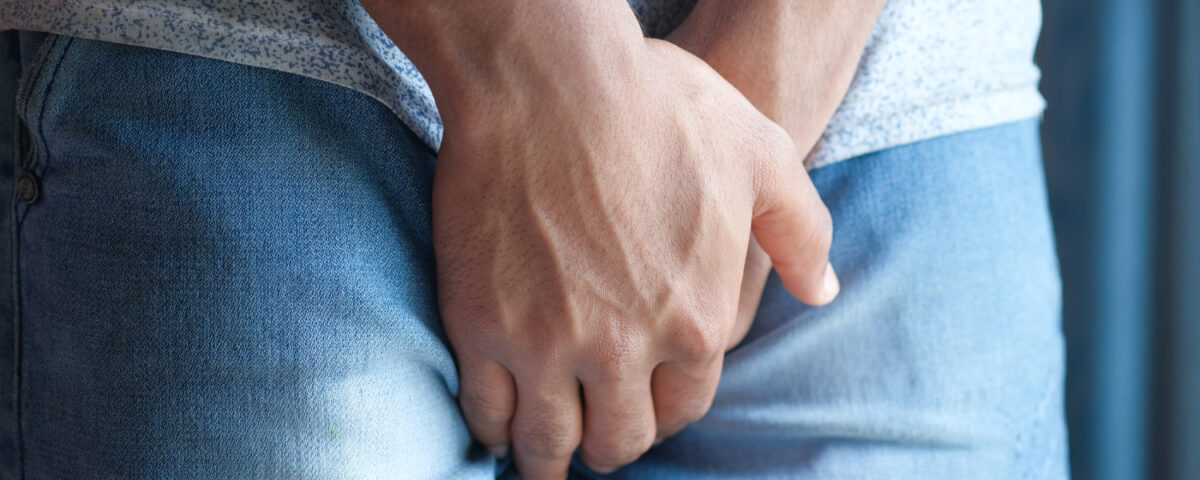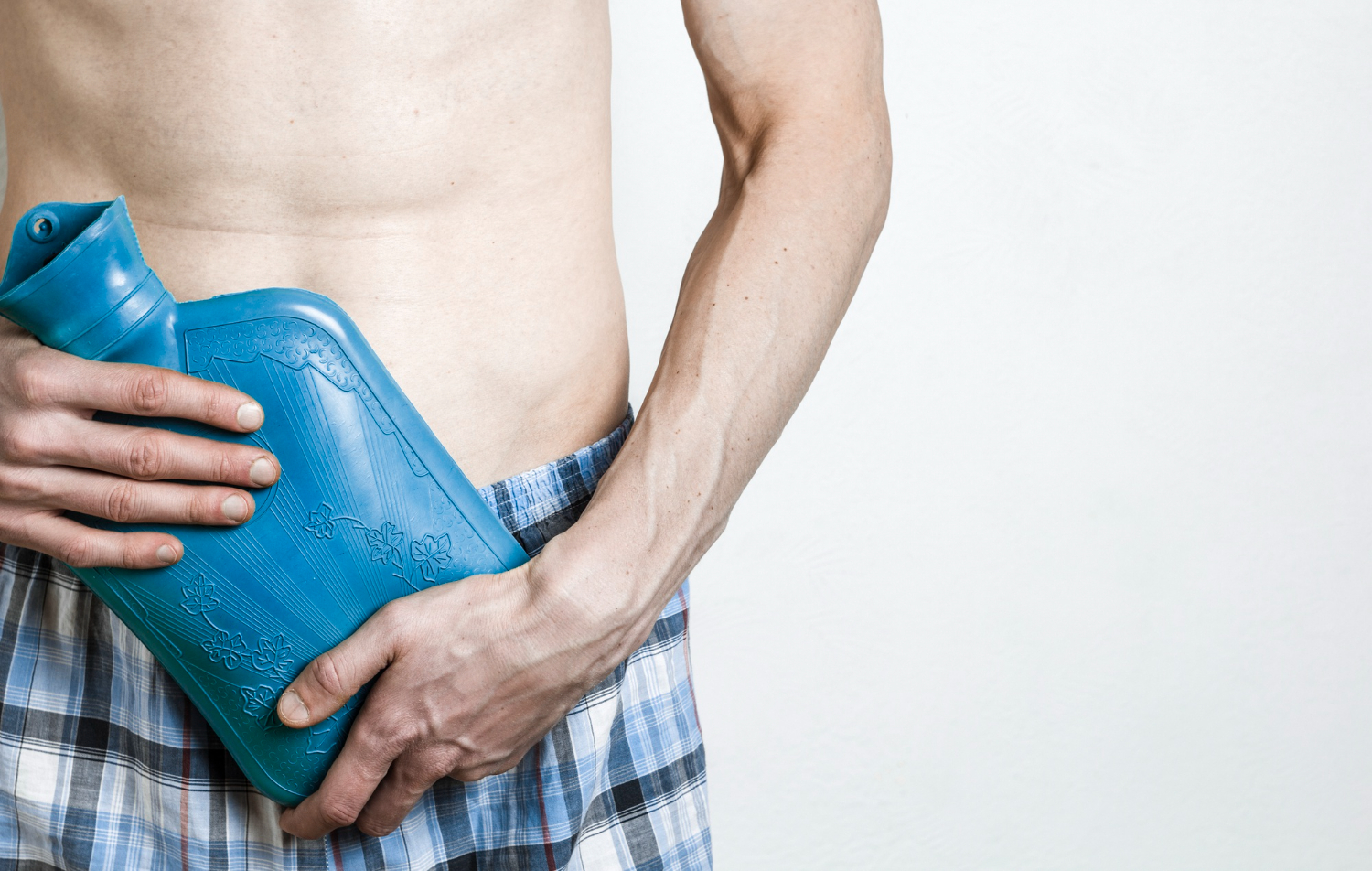How long does Peyronie’s disease pain last? This is, without a doubt, one of the most distressing and frequent questions a man diagnosed with Peyronie’s disease asks himself and his specialist. Pain, often the first symptom to appear, is not only physical discomfort but a constant source of anxiety, affecting sexual life, self-esteem, and psychological well-being.
I am Prof. Fabio Castiglione, Consultant Urologist & Andrologist in London, and for years I’ve been dedicated to treating complex andrological conditions like Peyronie’s disease. I fully understand those concerns and the urgency of finding clear answers and effective solutions. In this article, we will comprehensively address the question of pain duration, analyzing the disease phases and the most advanced therapeutic strategies available at my clinics, with a focus on functional recovery and rapid symptom resolution.
How long does Peyronie’s disease pain last? The pathophysiology of pain in Peyronie’s disease
To understand how long the pain lasts, it’s essential to know its origin. Peyronie’s disease is a connective tissue disorder involving the tunica albuginea, the sheath that surrounds the corpora cavernosa of the penis. It all begins with inflammation, often triggered by repeated micro-traumas during sexual activity, even if no single traumatic event is identifiable. This acute inflammatory phase drives the pain. As the body attempts to heal, it triggers an abnormal scarring process that forms a fibrous “plaque,” sometimes even calcified.
The pain experienced can be of two types:
- Pain during erection: This is the most common. The increased pressure and stretching of tissues during erection place tension on the rigid plaque and inflamed area, causing pain that can range from mild to very severe.
- Pain when flaccid: Less common but possible. It may feel like a dull ache or constant discomfort in the plaque area.
Inflammation is the engine of pain. As long as that process remains active, the pain will persist.
The two phases of the disease: a race against time

Peyronie’s disease typically progresses through two distinct phases:
1. Acute (Inflammatory) Phase
This initial, active phase is characterized by:
- Pain: Especially during erection.
- Progressive curvature: The plaque forms and penile deformities (curvature, shortening, “hourglass”) worsen over time.
This phase is a therapeutic window of opportunity. Early intervention can not only relieve pain but also limit curvature development and, in some cases, even improve it.
2. Stable (Chronic) Phase
After a time, the inflammatory process subsides and the disease stabilizes. This phase features:
- Disappearance or drastic reduction of pain: Most men stop feeling pain once they reach this stage.
- Stabilized curvature: Penile deformity no longer worsens.
In this phase, treatment focuses on correcting any residual curvature that may still impede comfortable intercourse.
How long does Peyronie’s pain last? Discover targeted therapies by Prof. Fabio Castiglione to reduce pain and improve function. Call +447830398165 to book your consultation in London.
So, how long does the pain actually last?

The direct answer, based on numerous clinical studies (e.g., in the Journal of Urology), is that acute-phase pain in Peyronie’s disease lasts, in most cases, between 6 and 18 months.
Note: This is an average. Individual variability is huge, and exact duration can be influenced by factors such as:
- Severity of initial inflammation
- Painful sexual activity
- Comorbidities (e.g., diabetes, autoimmune conditions)
- Smoking and lifestyle
Waiting passively for pain to subside is not the best strategy. A prompt, multimodal approach—like the one I use—can significantly accelerate healing.
Conservative strategies and advanced therapies by Prof. Castiglione

My approach to Peyronie’s, especially in the acute phase, is proactive and personalized. The goal is not just to manage pain but to modify the disease course itself.
1. Medications and supplements: initial support
- NSAIDs (non-steroidal anti-inflammatory drugs) for symptomatic relief
- Occasionally colchicine or vitamin E, always within a broader specialist-led plan
2. Stretching exercises and traction devices
- Manual stretching and penile traction (e.g., RestoreX)
- Relieves pain by remodeling scar tissue and prevents penile shortening
- Must be performed under medical supervision
3. Low-Intensity Shockwave Therapy (Li-ESWT)
- Stimulates neo-angiogenesis, reduces inflammation, may fragment plaque
- Rapid pain relief in most patients—typically a six-session course
How long does Peyronie’s pain last? Reduce your pain with Prof. Castiglione’s innovative therapies. Book today at +447830398165 .
4. Pshocks (PRP + P-Shocks)
- PRP injections: Platelet-rich plasma delivers growth factors to the plaque
- P-Shocks: Shockwaves prime the tissue, enhancing vascularization and PRP efficacy
- Synergy: Rapid pain relief plus curvature improvement in weeks
5. Intralesional injections (collagenase & verapamil)
- For stable disease when curvature is the main issue
- Collagenase or verapamil chemically dissolve plaque
6. Psycho-sexual counseling
- Addresses performance anxiety, depression, relationship stress
- Integral to a holistic treatment plan
When should you see a specialist?
Immediately. Early diagnosis and treatment in the acute phase offer the best chance to:
- Reduce pain duration and intensity
- Limit curvature progression
- Prevent associated erectile dysfunction
Frequently Asked Questions (FAQ)

Q: Does Peyronie’s pain always resolve on its own?
A: In most cases (~90%), pain subsides spontaneously in the chronic phase (6–18 months), though modern therapies can speed relief.
Q: Does sexual activity worsen the pain?
A: Yes—painful intercourse can perpetuate inflammation. Adopting pain-free positions or waiting for symptom reduction is advised.
Q: How soon does shockwave therapy relieve pain?
A: Many patients notice improvement after 2–3 sessions, with significant relief by the end of a six-week cycle.
Q: Is the Pshocks painful?
A: The procedure is well tolerated. Local anesthesia makes PRP injections nearly painless, and shockwaves are non-invasive.
Conclusion: a personalized path to relief

Although Peyronie’s pain typically resolves in 6–18 months, you don’t have to endure it passively. Advanced, non-invasive therapies can speed healing, reduce inflammation, and alleviate pain far sooner.
As a specialist dedicated to men’s health, my goal is to offer a tailored treatment plan based on the latest evidence and your unique needs. From precise diagnosis with dynamic ultrasound to innovative protocols like shockwaves and PRP, each step aims for rapid functional recovery.
Don’t let pain and uncertainty govern your life. The answer to “How long does Peyronie’s disease pain last?” can be “much less than you think” when addressed properly.
How long does Peyronie’s disease pain last? Speak with Prof. Fabio Castiglione and discover your personalized relief path. Call +447830398165 now.


